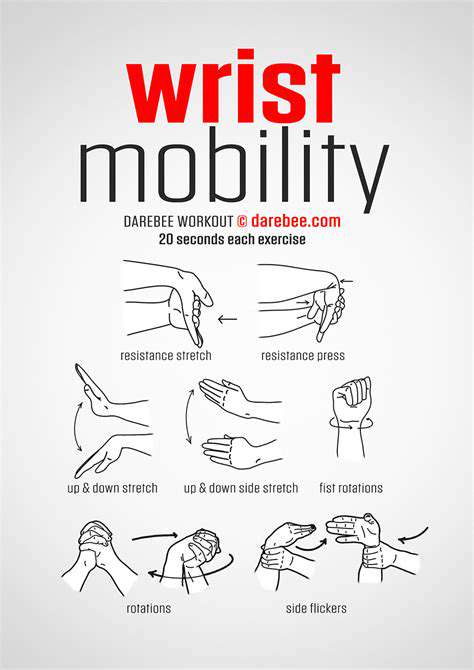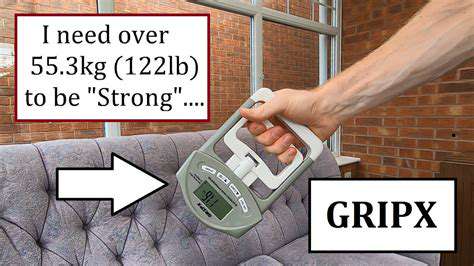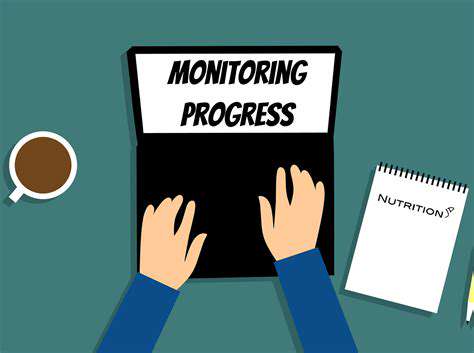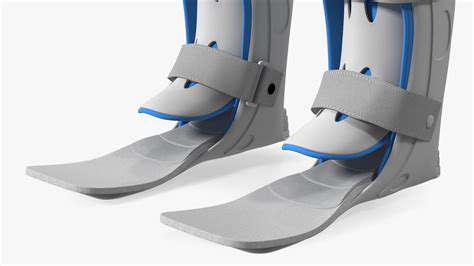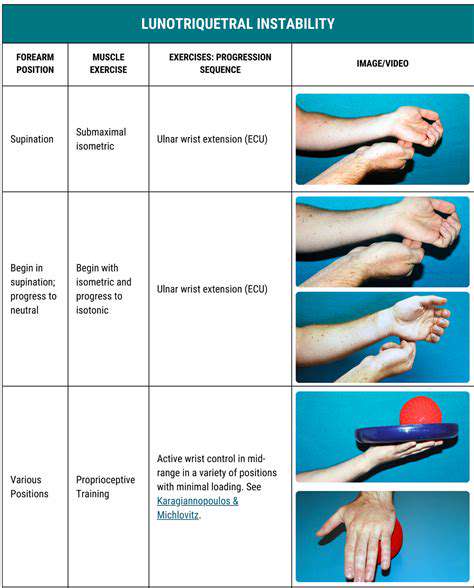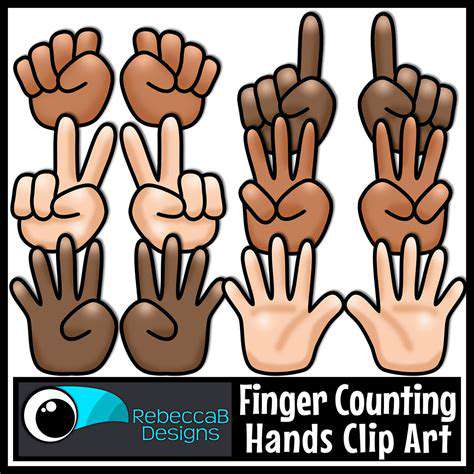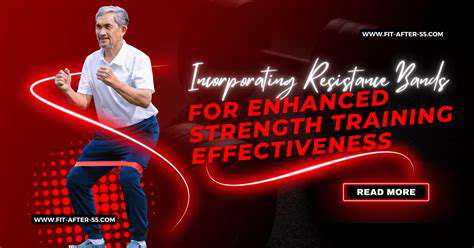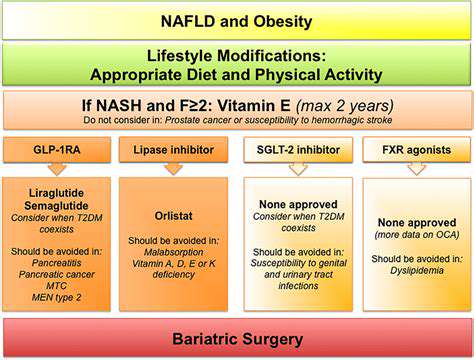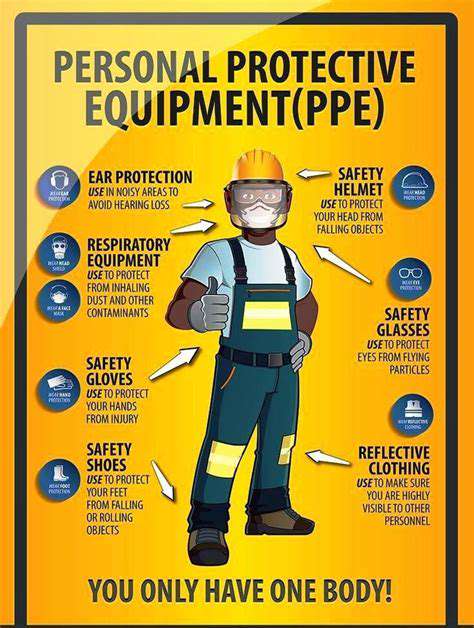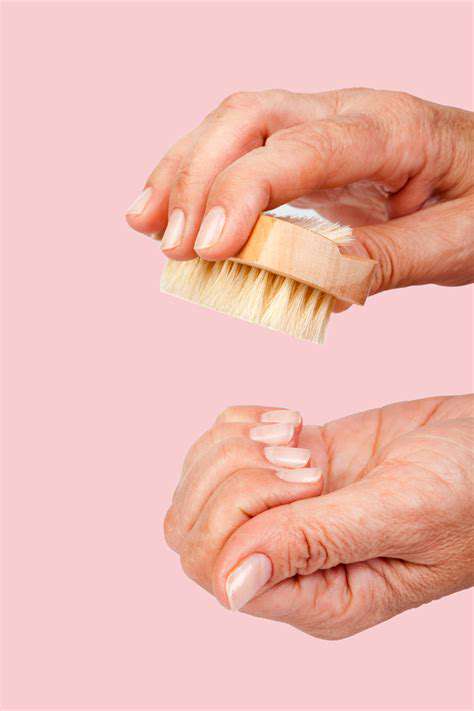Workouts Targeting Superior Wrist Function
Wrist Function in Different Activities
Your wrist works harder than you realize. That gentle flick scrolling through your phone? Different muscles than the powerful rotation of a screwdriver. Office workers and athletes might as well have different wrists entirely - the demands are that distinct. Recognizing these differences is key to targeted training.
Ever notice how painters use their wrists differently than pianists? Or how a weightlifter's wrist position differs from a knitter's? These nuances matter when designing exercises that actually help rather than hurt.
Common Wrist Injuries and Prevention
From the weekend warrior's sprain to the office worker's carpal tunnel, wrist injuries don't discriminate. The real tragedy? Most are preventable with simple awareness. That numbness after hours of typing? Your wrist screaming for a break. The twinge after lifting? A warning sign worth heeding.
Smart prevention isn't complicated: warm up like you mean it, rest before you're exhausted, and listen to those early whispers of discomfort before they become screams of pain. Your future self will thank you.
Exercise Selection for Superior Wrist Function
Effective wrist training isn't about brute force - it's about balance. The secret sauce? Variety - flexion, extension, rotation, all with gradual progression. Like training any muscle group, the wrist responds best to thoughtful challenge.
Ever tried opening a stubborn jar after wrist exercises? That's functional strength. Or noticed smoother mouse movements after rotation drills? That's targeted training paying off. The key is mimicking real-life motions under controlled conditions.
Essential Wrist Stretches for Increased Mobility
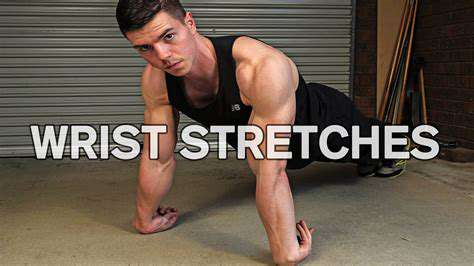
Wrist Extension Stretch
Computer users, this one's for you. Extend your arm like you're reaching for the last cookie, palm down. Now gently pull back with your other hand - feel that satisfying tension? That's your overworked extensors finally getting some attention. Twenty seconds is all it takes to prevent that afternoon stiffness.
Remember - this isn't a contest. No yanking allowed. Discomfort is normal; sharp pain means stop. Your wrists didn't get tight overnight, so patience pays off.
Wrist Flexion Stretch
Flip that hand over, palm up like you're begging for change. Gentle downward pressure now - hello, flexors! Office warriors will feel this where keyboard fatigue sets in. Thirty seconds here can save hours of discomfort later.
Radial Deviation Stretch
Thumb-side stretch time. Palm down, gently tilt toward your thumb until you feel the outer wrist awaken. This is the stretch guitarists and gamers swear by. That slight elbow bend ensures the stretch hits the right spot.
Ulnar Deviation Stretch
Now the pinky side gets love. Same position, opposite tilt. Ever notice how few activities work this side? That's why this stretch feels so revelatory. Thirty seconds here balances out all that phone-scrolling and mouse-moving.
Wrist Circles
The classic that actually works. Slow, deliberate circles - imagine stirring thick batter. Ten each way gets blood flowing like morning coffee for your joints. Do these at your desk and watch coworkers follow suit once they see the difference.
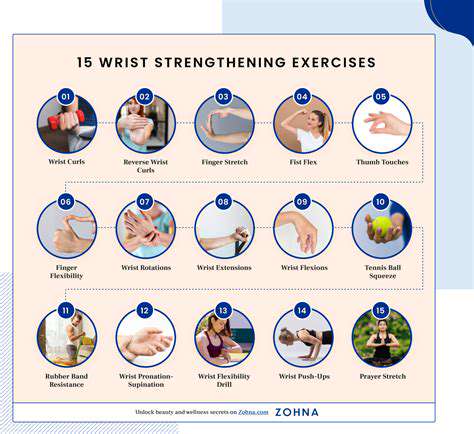
Advanced Techniques and Considerations for Wrist Rehabilitation and Prevention
Advanced Techniques for Wrist Rehabilitation
Serious recovery goes beyond basic exercises. Proprioceptive training - it's like GPS recalibration for your joints. Resistance bands become your best friend here, retraining your brain-wrist connection. That moment when your wrist automatically positions itself correctly? That's the goal.
Manual therapy isn't just fancy massage - it's targeted problem-solving. Skilled therapists can feel adhesions you didn't know existed. When scar tissue releases, it's like removing roadblocks in your wrist's highway system. The result? Movement you thought was gone forever.
Considerations for Wrist Prevention in Work Environments
Ergonomics isn't corporate buzzword - it's survival strategy. That keyboard tilt? Monitor height? They matter more than you think. Proper setup means your wrists aren't constantly fighting gravity and bad angles.
Culture change starts with speaking up about discomfort before it becomes injury. Those microbreaks aren't slacking - they're strategic recovery. Smart companies know healthy wrists mean productive employees.
PPE isn't just for construction sites. The right brace can be the difference between finishing your shift and calling in sick. But remember - proper fit is everything. One size never fits all when it comes to wrist health.
We're not all built the same. That coworker who never gets wrist pain? Lucky genetics, not superior toughness. Personalized prevention acknowledges these differences, creating solutions that actually work for real people.
